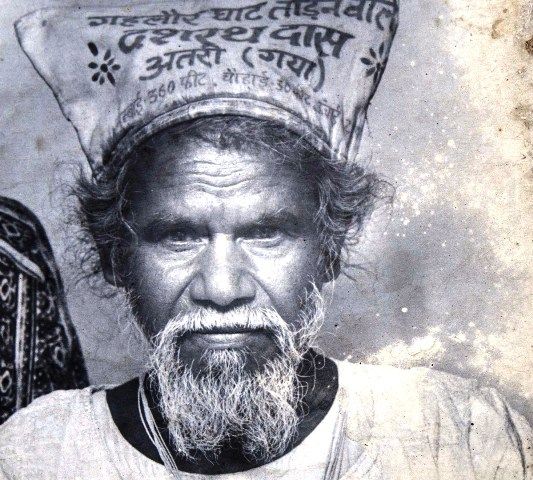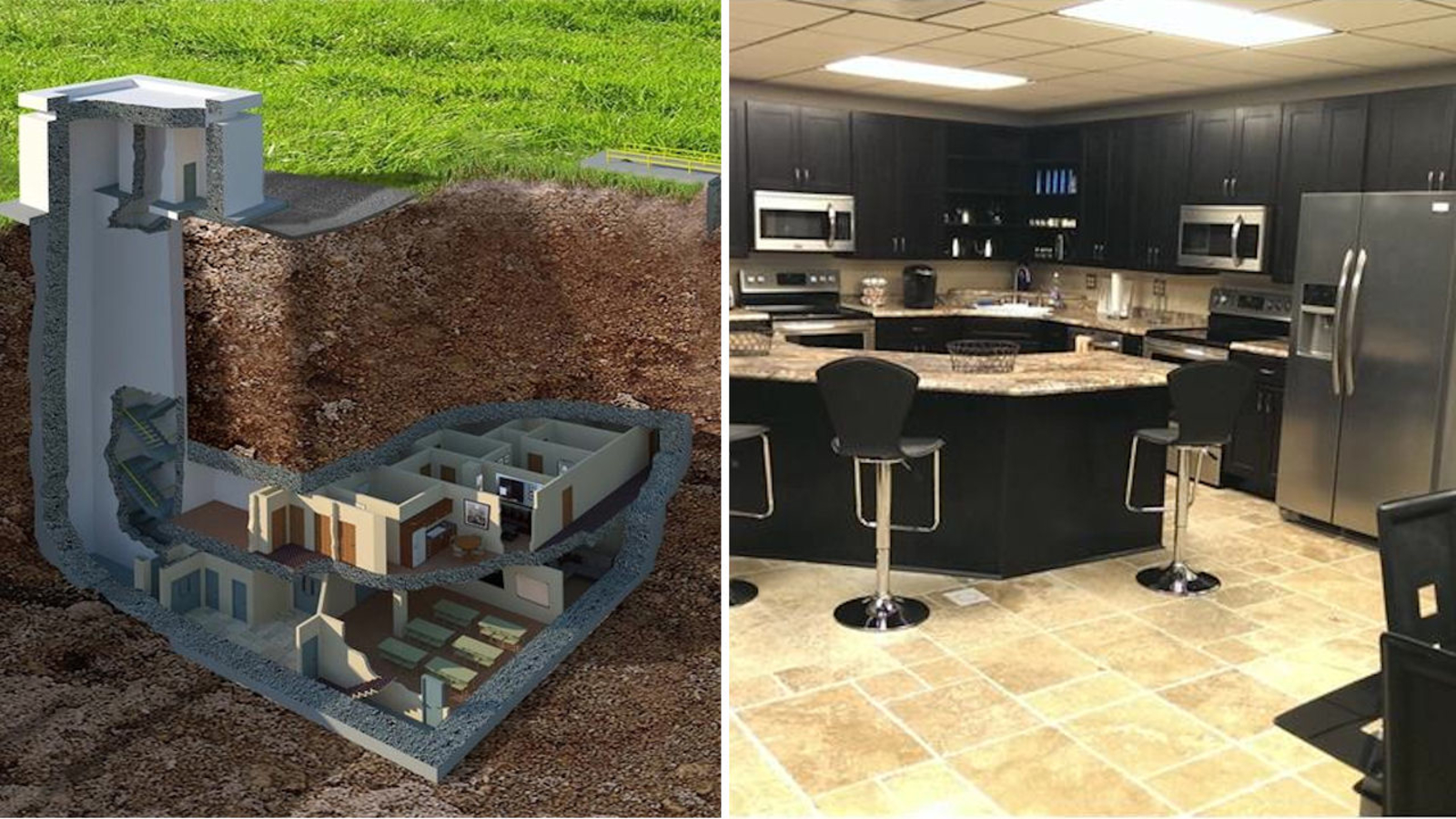Doomsday Bunkers - Survival Condors For The Super Rich
Jean Claude Romand
1. Purpose: Underground bunker homes are primarily designed to provide safety and protection during natural disasters, such as earthquakes, hurricanes, or tornadoes. They can also serve as a refuge in case of man-made disasters, including nuclear attacks or civil unrest. 2. Construction: Bunker homes are typically constructed using reinforced concrete or steel, which provides strength and durability. The walls, floors, and ceilings are designed to withstand high levels of pressure and impact. 3. Location: Bunker homes can be located in various environments, including rural areas, suburban neighborhoods, or even underground cities. The location often depends on factors such as accessibility, security, and the level of privacy desired by the owner. 4. Design features: Underground bunker homes can be customized to meet the specific needs and preferences of the owner. They may include features such as air filtration systems, water storage tanks, renewable energy sources (such as solar panels), communication systems, and food storage facilities. 5. Size and layout: Bunker homes can range in size from small individual shelters to large complexes capable of accommodating multiple families. The layout typically includes living spaces, bedrooms, bathrooms, kitchens, storage areas, and sometimes recreational facilities.
6. Self-sufficiency: Many underground bunker homes are designed to be self-sufficient for an extended period of time. This may involve incorporating sustainable systems for water collection and purification, food production (such as hydroponics or aquaponics), and renewable energy generation. 7. Cost: The cost of building an underground bunker home can vary widely depending on factors such as size, location, materials used, and desired features. It can range from tens of thousands to millions of dollars. 8. Legal considerations: Before constructing an underground bunker home, it is important to research and comply with local building codes, zoning regulations, and permits. Some areas may have restrictions or specific requirements for underground structures. 9. Psychological impact: Living in an underground bunker home for an extended period of time can have psychological effects on individuals and families. It is important to consider the potential challenges of isolation, limited natural light, and the need for social interaction and mental stimulation. 10. Controversy: The concept of underground bunker homes has sparked controversy and debate. Critics argue that they promote fear and paranoia, while proponents believe they provide a necessary means of protection and preparedness.
The Mountain Man
Dashrath Manjhi
Dashrath Manjhi, also known as the "Mountain Man," was an Indian laborer from the Gehlaur village in Bihar, India. Born on September 19, 1934, he is known for single-handedly carving a path through a mountain using only a hammer and chisel. Manjhi's village was located in a remote area, and the nearest medical facilities were on the other side of a massive rocky hi...


